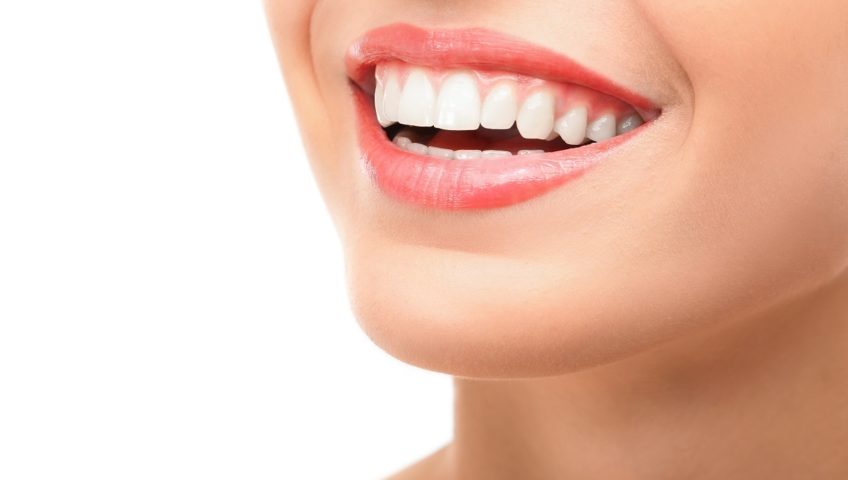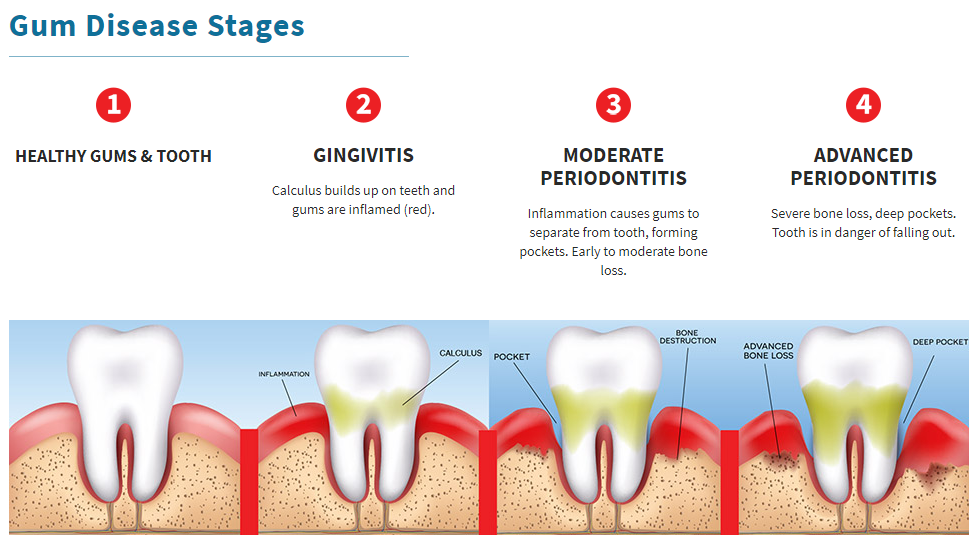Tonya had been battling with gum disease all of her adult life. Instead of getting expensive dental implants, she chose to have it treated with the LANAP protocol after hearing about it from her friend. We chatted with her about her experiences with gum disease, why she chose to get treatment and what life is like after the procedure.
When did you know you had gum disease?
In my early 20s I was advised that I would probably lose all my teeth by the time I was 40, which was very scary. They never said why, or what caused it, or how I could prevent it, but they started three month visits and root cleaning. Occasionally, the inflammation would go down and then it would spike up again. It was a continuous process – it just didn’t seem to matter what I did. Now I know that I have gum disease, and had it even as a teenager. I probably saw four different periodontists through the years, all who wanted to do dental implants in addition to root planing and removal of teeth. They wanted to pull one of my front teeth from when I was 25. So, I’ve been dealing with this for over 20 years and still haven’t let them pull my teeth.
Why were you resistant to having your teeth pulled?
The cost of the implant is just so much extra money. I had another upper tooth that was split and pulled a few years ago. I’ve been self conscious about missing that tooth and changed how I smile. I just make sure that I don’t smile as wide. But, the tooth they want to pull is actually healthy. Why would I want to pull a healthy tooth and then have multiple missing teeth? Also , I have a lot of allergies and I’m just afraid that I’d have an allergic reaction. My best friend had an allergic reaction to an implant, wound up with an infection, and had all of his teeth pulled. Mentally, I know that’s an extreme case and not likely, but I just don’t want to chance it.
I’m sure that your dentists have suggested periodontal surgery. What has kept you from having gum disease surgery?
Expense and pain. Root planing – which I have been doing – is reasonably doable over time since the cost can be spread out over months. The cost of surgery itself, coupled with the fear of the pain, I just never wanted to accept that it was the only way. I really was resigned to just losing all my teeth. When I was 25 years old, 40 seemed so far away and so I could put off the surgery.
Plus, some of the doctors I saw were just odd. The last dentist I had before moving, said I didn’t even have gum disease and that everyone else had lied to me for years, even though I’ve had gum pocket depths of 5-7mm throughout [Ed. note: anything over 3mm pocket depth is considered a sign of gum disease]. It’s hard to accept a painful surgery when you get conflicting feedback from different dentists. I had tetracycline yellowing when I was younger, so already avoided smiling to some extent and my teeth are very sensitive. I just didn’t want to make the situation even worse by cutting my gums.
 So what made you finally get your gum disease treated?
So what made you finally get your gum disease treated?
One of my friends told me about a surgery using a laser – called the LANAP protocol. She knew someone who also had gum disease who had the procedure done and was happy. My friend also had a laser deep cleaning herself and didn’t have any of the issues usually associated with gum surgery like sensitive teeth and pain. I was very excited that there was something out there that didn’t use scalpels – knowing that it was not going to be as much pain and that the recovery timing was going to be faster made me much more open to the treatment. I just didn’t want to be in pain that long. I also didn’t want to miss work – or miss out on any activities with my family.
What was the actual treatment like?
I really didn’t know what to expect. My mouth did get sore, but the pain went away pretty quickly. I felt very comfortable with what they were about to do, but honestly still was a bit afraid that it was going to hurt. There was a level of discomfort after the LANAP surgery, but not even close to the degree that I was expected. I really adhered to the post-operative instructions – liquid for a few days and soft food for a few weeks. That was probably the hardest part, but I also lost a few pounds.
My gums were so inflamed for so many years, that as they healed they changed color to more of a healthy pink and not a bright red. They also shrunk back a little so you do see more of my teeth. Now my gums don’t bleed when I brush or floss my teeth.
Even physiologically, I feel like I’m getting on a path to overall health. In fixing my gum disease, I feel healthier. I know there is a connection between my teeth and my overall health and I’m really glad that I had the procedure done.
What advice would you give to your younger self – or anyone else suffering from gum disease?
Be better aware of your teeth and gums – go to those six month checkups and floss and brush. Traditional surgical options are out there, but not everyone is going to choose surgery. Do a bit more research on your own and find out about the LANAP protocol, it really doesn’t hurt.



I am writing a paper on gum disease for a class in Instructional Media for my masters in Health Science Education. I would like to ask permission to use your graphic related to gum disease stages. Please let me know.
Thanking you in advance.
Kimberly
Hello Kimberly, you have our permission to share the infographic freely!